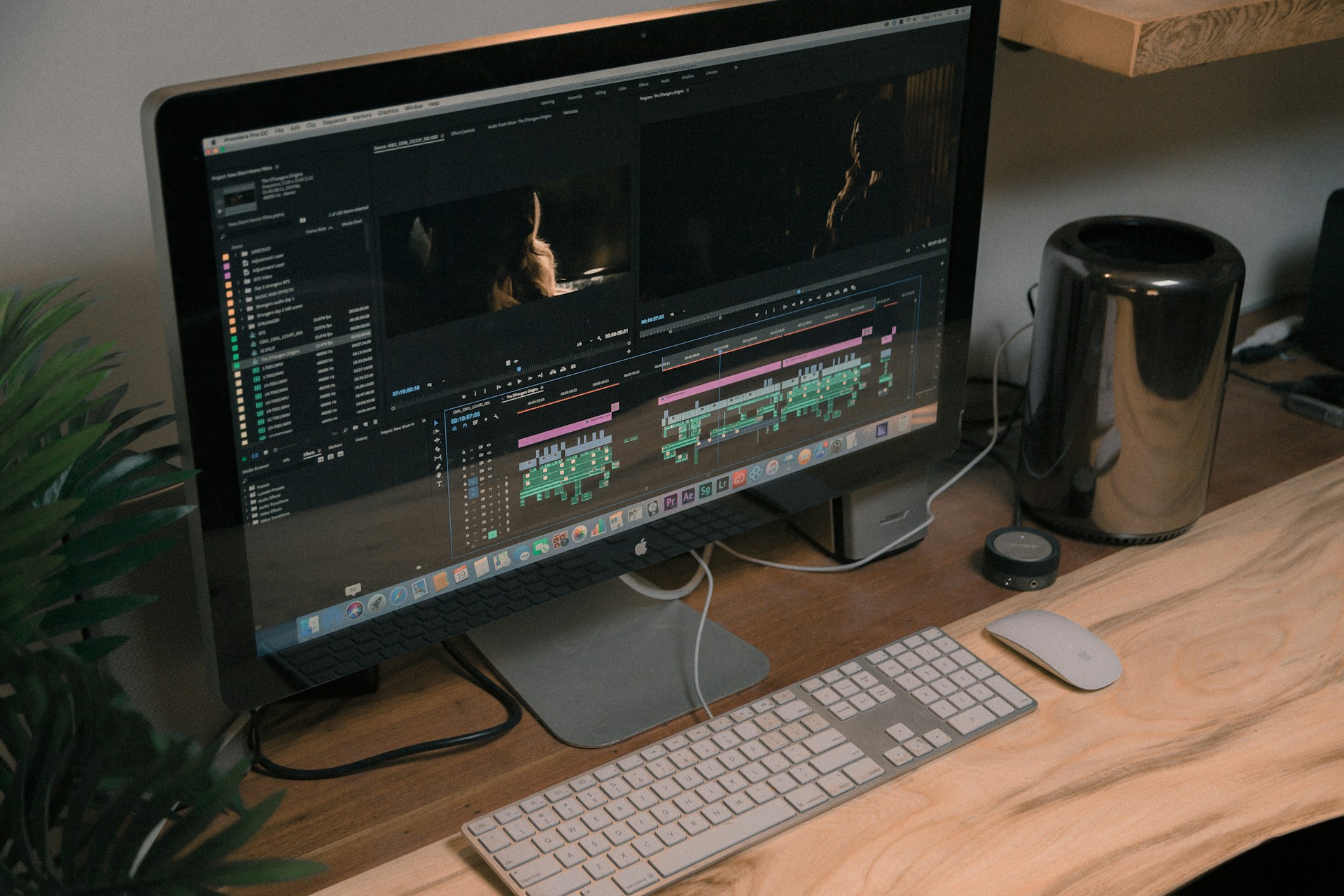Transitions in video production play a pivotal role in shaping the overall flow and visual storytelling. When transitions are smooth, they seamlessly guide viewers from one scene to another without drawing undue attention. But when they become jumpy, they can jolt viewers out of the narrative, making the video feel disjointed. For companies relying on video content to convey messages or demonstrate products, ensuring transitions are polished can significantly impact viewer engagement and reception. Good transitions allow the message to stand out by eliminating distractions that might otherwise pull the audience away from the content.
Understanding why transitions sometimes come out jumpy is the first step to improving them. Many factors contribute to this, from how the footage was shot to the editing choices made during the video production process. By recognising these challenges, you can implement effective strategies that lead to more professional and captivating videos. Let’s delve into the common issues that cause jumpy transitions and explore practical solutions.
Understanding Jumpy Transitions
Jumpy transitions can be a headache when you’re aiming for a smooth video experience. These transitions appear shaky or abrupt, breaking the flow of your footage and calling unnecessary attention to the edit rather than the content itself. Let’s examine why they happen.
– Mismatched Footage: Sometimes, scenes are shot with different equipment or settings, leading to variations in quality or style. This inconsistency can become glaringly obvious when transitioning between clips.
– Poor Timing: If the transition timing is off, it doesn’t matter how well the footage is captured. Transitions that are too quick or too slow can jar viewers, making them aware of the edit instead of the story.
– Inconsistent Visual Elements: Elements like colour, lighting, and shot composition contribute to a cohesive look. If these elements vary wildly between scenes, the transitions connecting them will feel discordant.
Understanding these causes can help video editors preempt potential problems. For example, consider a video featuring a series of interviews filmed at different times of day. If one interview is shot in a sunny environment and the next under artificial lighting, without adjustments, the transition will likely feel awkwardly stitched together. By identifying these issues early in the editing process, editors can make adjustments to ensure that transitions are more seamless, creating a final product that’s more engaging and aesthetically pleasing.
Now that we’ve explored why jumpy transitions occur, it’s time to focus on strategies for fixing them to enhance the smoothness of your video edits.
Tips for Smoother Transitions
Creating smoother transitions in company video edits involves adopting a methodical approach to both shooting and editing. Here are some effective strategies to consider:
– Plan Your Shots: Start by mapping out your scenes before filming. Knowing the sequence of shots enables you to align elements like movement, angle, and lighting, which can greatly enhance continuity. When your shots are well-planned, editing them together becomes a simpler task.
– Use Professional Editing Software: Advanced editing software provides more options and control in crafting seamless transitions. They offer tools that allow precise control over cuts, fades, and effects, giving you the flexibility to make a polished final product.
– Match Colour and Lighting: Consistent colour grading and lighting across scenes can significantly impact the way transitions feel. By ensuring that scenes appear visually cohesive, you’re less likely to disrupt the viewer’s experience when moving from one clip to another. Techniques such as balancing shadows and highlights help maintain visual harmony, aiding smoother transitions.
Techniques to Improve Transitions
When it comes to introducing variety and sophistication into your transitions, consider these techniques:
– Use Cutaways: A cutaway is a secondary shot inserted into a sequence to provide context or to bridge two scenes. This technique helps to smooth transitions by easing into or out of scenes, adding depth without interrupting the narrative flow.
– Employ Fade-ins and Fade-outs: Simplicity often holds the key to effective transitions. Fade effects, where a scene gradually appears or disappears, can soften transitions and minimise the jarring effect of abrupt edits.
– Implement Motion Graphics: Sometimes, incorporating motion graphics can provide a creative buffer between scenes. They can hold the viewer’s attention and provide the necessary pause to introduce new cuts without feeling rushed or rough.
Common Mistakes to Avoid
While working on transitions, it’s easy to fall into traps that could undermine your efforts:
– Avoid Overusing Effects: While experimenting with effects can be tempting, using too many flashy or complex transitions might detract from the content, distracting viewers with unnecessary visual noise.
– Keep it Simple: Clarity often trumps complexity. Aim for subtlety, using basic transitions that enhance rather than distract. This approach ensures that transitions support rather than overpower the visual and narrative aspects of your video.
Wrapping Up Your Company Video Production
Bringing smooth transitions into your company video production can dramatically improve its quality and viewer engagement. By focusing on coherent storytelling through planned shots, colour consistency, and thoughtful use of transitions, your videos will communicate messages effectively. Practising these techniques helps not only in maintaining professionalism but also in enriching the viewer’s experience, keeping them engaged from start to finish.
If you’re looking to refine your storytelling and connect with your audience more effectively, consider enhancing your techniques with expert support. Discover how On Air can assist with your company video production. Ensure your videos are not just seen but remembered, crafted with precision and care.






